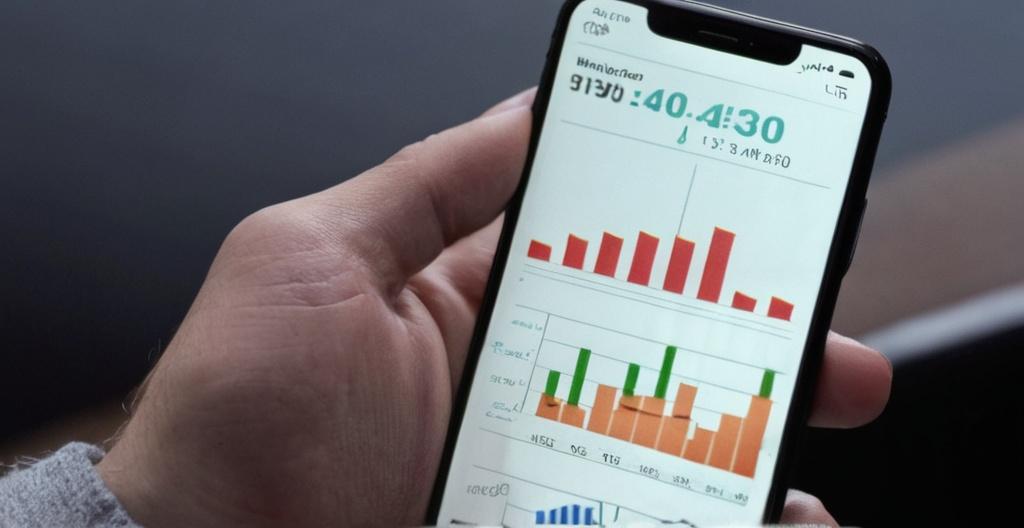Key Take Aways About Stochastic Oscillator
- The Stochastic Oscillator helps traders determine if a stock is oversold or overbought by comparing closing prices to a price range over a period.
- Consists of two lines: %K (fast) and %D (slow, a moving average of %K).
- Key formula: %K = ((Current Close – Lowest Low) / (Highest High – Lowest Low)) × 100.
- Readings above 80 indicate potential overbought; below 20, potential oversold.
- %K and %D crossover provides buy/sell signals; combine with other indicators for better results.
- Avoid using it in isolation or ignoring the broader market trend.

Understanding the Stochastic Oscillator
The Stochastic Oscillator is like your friendly neighborhood shortcut that traders use to find out if a stock is oversold or overbought. Invented by George Lane in the late 1950s, this little gem has been helping traders for decades. It’s not as complicated as it sounds. At its core, it’s all about comparing a stock’s closing price to its price range over a certain period.
How Does It Work?
The Stochastic Oscillator, it’s got two lines: %K and %D. You know, like a dynamic duo. %K is the fast line, and %D is the slow line, which is actually a moving average of %K. Think of it like %K is the hare and %D is the tortoise. And, if you remember your childhood stories, we know how that race ends.
Formula and Calculation
So, you might wonder how these lines are calculated. Here’s the basic formula for %K:
\[ %K = \frac{(Current\ Close – Lowest\ Low)}{(Highest\ High – Lowest\ Low)} \times 100 \]
And %D is simply a moving average of %K, usually over three periods. You can adjust the periods based on how much noise you want to filter out.
Reading the Oscillator
When it’s all said and done, this oscillator swings between 0 and 100. A reading above 80 suggests the stock might be overbought. Below 20, you’re looking at a potential oversold situation. But remember, these are just signals, not guarantees. Stocks can stay in these zones longer than you’d expect. It’s like waiting for a bus in the rain—nothing is promised.
Using the Stochastic Oscillator in Trading
It’s not just about knowing what the numbers are; it’s about using them. Traders keep an eye out for %K and %D crossovers. When %K crosses above %D, it’s a buy signal, and vice versa. Simple, right?
Overbought and Oversold Signals
Those overbought and oversold levels we talked about earlier, they’re like the gossip you hear at a party—interesting, but take it with a grain of salt. Because markets can trend hard, and that can keep prices in overbought or oversold territory longer than your patience might allow.
Experience and Personal Insights
In my own trading escapades, I’ve found that using the Stochastic Oscillator without considering other indicators is like trying to make a cake with sugar and forgetting the flour. It’s not going to rise to the occasion. Combine it with things like support and resistance levels, or maybe a moving average or two.
Real-World Example
Let’s say you’re looking at a chart of good old ABC Corp. The %K crosses the %D from below while both are under 20. You might think it’s time to buy. But hold on, consider the market context, maybe there’s a bearish trend you hadn’t noticed.
Common Mistakes and Misuses
It’s easy to fall into the trap of using only the oscillator without any supporting indicators. It’s a classic rookie move. Another blunder is ignoring the overall trend. If the stock has been trending up for months, an overbought reading might not mean much.
Conclusion
The Stochastic Oscillator is one tool in a trader’s toolbox. It’s no magic bullet, but it can be pretty handy when used correctly. Think of it as a compass that can guide you, but sometimes you’ve got to hitch a ride with other indicators to get to your destination.